8 Medtech Manufacturing Trends You Need to Know
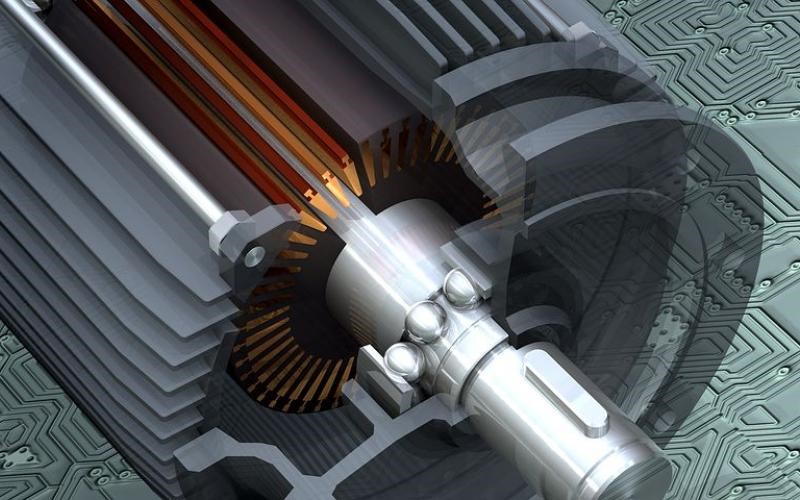
Manufacturing’s Hiring Dilemma
The manufacturing industry is on an upward growth trajectory, fueled by a strong economy and steady demand for products. But the $6.2 trillion industry is also faced with a host of challenges that are making it tough for companies to recruit and retain a sufficient workforce. A new report from Aerotek, a recruitment and staffing agency based in Hanover, MD, points to several modern manufacturing trends that are creating a hiring dilemma across the industry, including in the medical device sector. According to the report, companies are adjusting to these obstacles by making workforce plans for a future that could look very different.

Labor Shortages Mixed with Competitive Wages
The manufacturing industry is currently facing a historically low unemployment rate (3.8% as of July 2018), according to Aerotek’s report. Also, industries that compete for the same entry-level talent, such as retail and the restaurant business, are offering higher wages and some U.S. states have raised the minimum wage rate, which has had a disproportionately suppressive effect on the pool of available factory workers, the report explains.
“Wage increases, in particular, a set minimum wage, erode a long-time competitive advantage for manufacturing, which always had a higher pay scale,” said Mike Fitzgerald, director of business development at Aerotek. “Now, those same job seekers are being drawn to retail or restaurant work, where they may have more flexibility in scheduling.”
That’s just one factor that is driving manufacturers to offer more competitive wages, though. Read on to learn more.
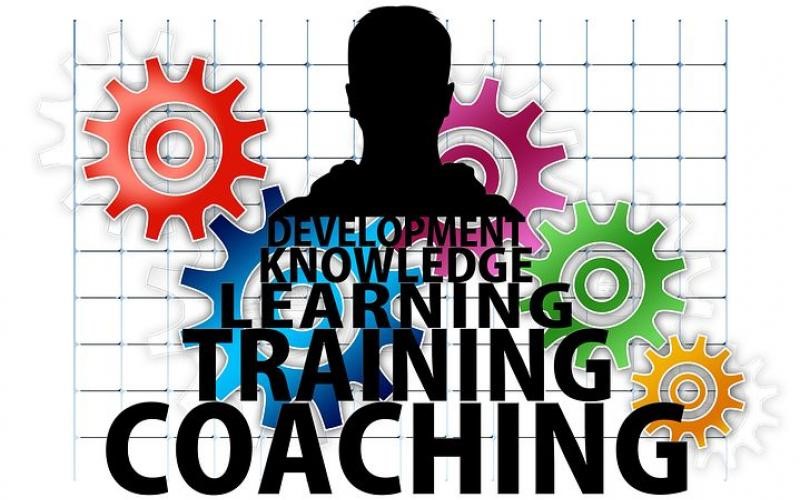
Medtech’s Unique Talent Needs
By 2021, the global market for medical devices is expected to top $500 billion, according to the Aerotek report.
“The medical devices industry is driven by innovation and talent,” said Luke Moran, director of strategic sales and operations at Aerotek. “New products are released and almost immediately have built-up demand, so there’s a huge incentive for manufacturers to invest in the resources that will ensure they can meet demand with a quality product.”
Demand for products has spawned an increased need for specialized manufacturing talent, such as medical device assemblers, the report notes.
“Just a few years ago, most manufacturers wanted at least two to three years of experience,” Moran said. “Now, in part due to the labor shortage, they’re seeing the value in hiring entry-level workers who have [an] aptitude and training them for six to eight weeks to ensure they are prepared.”
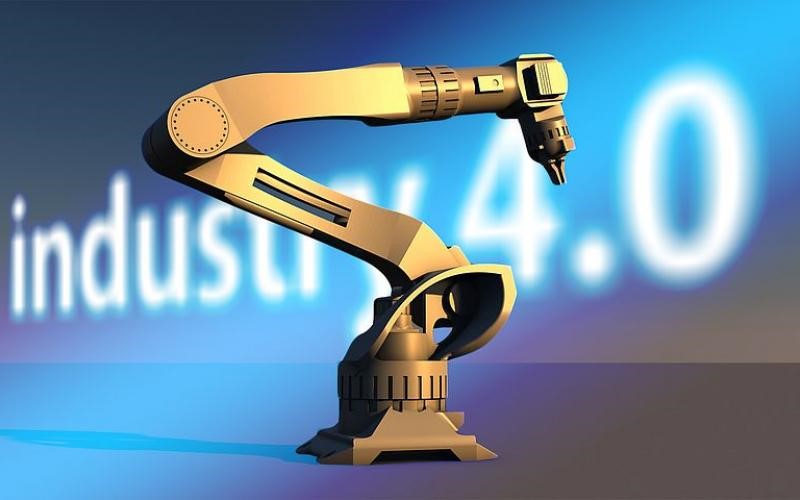
This Isn’t Your Father’s Manufacturing Job
Manufacturing is becoming increasingly automated, requiring workers to have a whole new set of skills. Assembly-line workers now need to run, operate, and troubleshoot computer-directed machinery, the Aerotek report notes. For example, Forklifts are still driven by people, but now drivers often use software programs that track inventory.
Technological advancements in manufacturing means employers are looking for more tech skill sets, including knowledge or experience in things like computerized systems, machine programming code, and automated manufacturing systems.
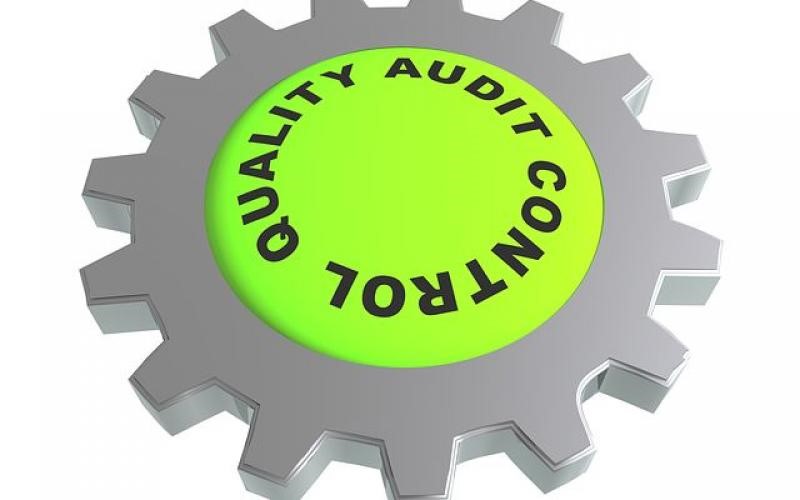
Medtech’s Chaotic Regulatory Hurdles
Medical device manufacturers are constantly faced with new regulatory hurdles, both in and out of the United States.
“In the past, U.S. manufacturers were able to take advantage of less-stringent regulations in Europe to launch first there and gather data that would help build the case to get FDA approval,” Moran said.
That’s no longer the case.
But more recently, the European Union has tightened its regulations and even requiring existing products to adhere to the new standards.
“It’s made the approval process very busy and chaotic,” Moran said. “That’s led to a demand for auditor and analyst positions to help keep the program on track.”
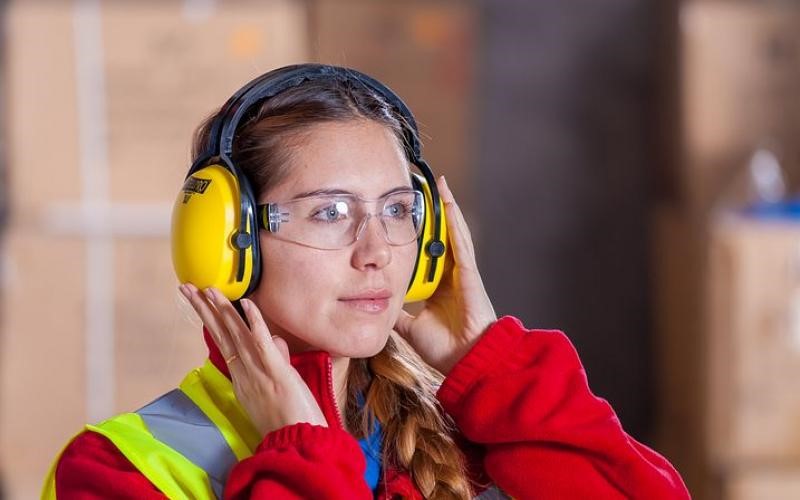
Women: An Untapped Talent Pool
Women constitute one of manufacturing’s largest pools of untapped talent, according to the Aerotek report. Citing data from London-based consulting firm Deloitte, the report said women totaled about 47% of the U.S. labor force in 2016, but only 29% of the manufacturing workforce.
To help change perceptions of the manufacturing sector and promote career possibilities for women workers, in 2018 the Manufacturing Institute’s STEP (Science, Technology, Engineering and Production) Ahead Program and the Women in Manufacturing (WiM) Association began a collaboration.
“With manufacturing’s skills gap, you can’t only look at 50% of the population to fill it. Women have got to be recruited in every role,” said WiM President Allison Grealis. “Manufacturers are realizing diversity in the workforce is important.”
Change won’t happen overnight, she added, “but it is happening.”
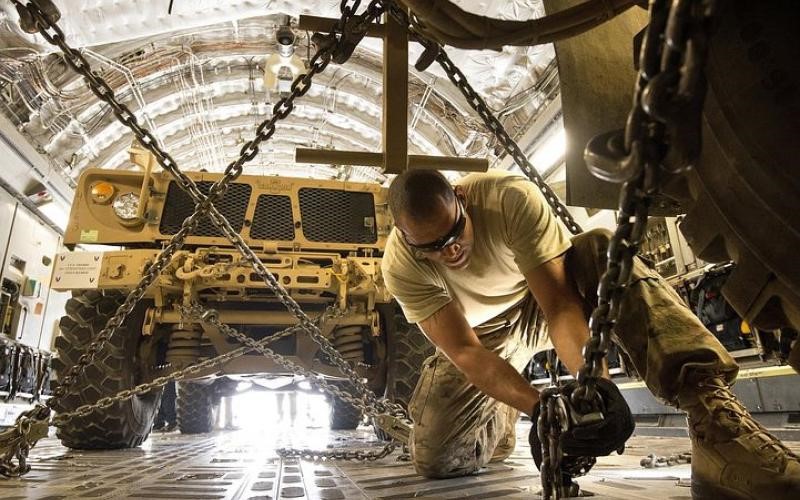
Military Veterans: An Attractive Candidate Pool
Another attractive and often over-looked talent pool is the 200,000 or so service members that transition out of the military every year seeking job opportunities, the report noted.
Aerotek Director of Business Development Dave Majerowicz, an Air Force veteran, said veterans share several characteristics that make them a good fit for manufacturing jobs, including the fact that they’re used to working in a team environment, they know they have to rely on each other, and they realize that everyone has a part to play.
“From an infantryman with four years to a colonel with 20 years, that’s something they have in common,” Majerowicz said.
Logistics can be a natural fit for veterans, he said, since many veterans have achieved extensive experience in moving people and equipment on a daily basis, from planning field exercises to equipping a company. Other aspects of military service that could make veterans uniquely qualified for manufacturing jobs include forecasting, order management; production planning; and warehouse or transportation operations.

Prepping Future Generations
Manufacturers are also beginning to realize the importance of reaching out to today’s youth and increase their exposure to real-world work environments while they’re still considering their career options.
The manufacturing industry recently celebrated the seventh annual Manufacturing Day, an event organized by the Manufacturing Institute designed to inspire the next generation of manufacturers. Manufacturing Day occurs on the first Friday in October and includes thousands of events that take place across the country where manufacturers and educators open their doors, offer plant tours, and engaged their community. Thousands of students, parents, and teachers learn about the careers manufacturing offers and experience first-hand the high-tech innovations in modern manufacturing.
According to the Manufacturing Institute, experiential learning plays a large part in attracting students to the industry.
“There’s no better way to bring in new employees to manufacturing,” said Devon Spaulding, an Aerotek manager. “They see the job, they learn the job, they watch and train. It’s hands-on experience and gives them the best introduction to the job and the industry.”
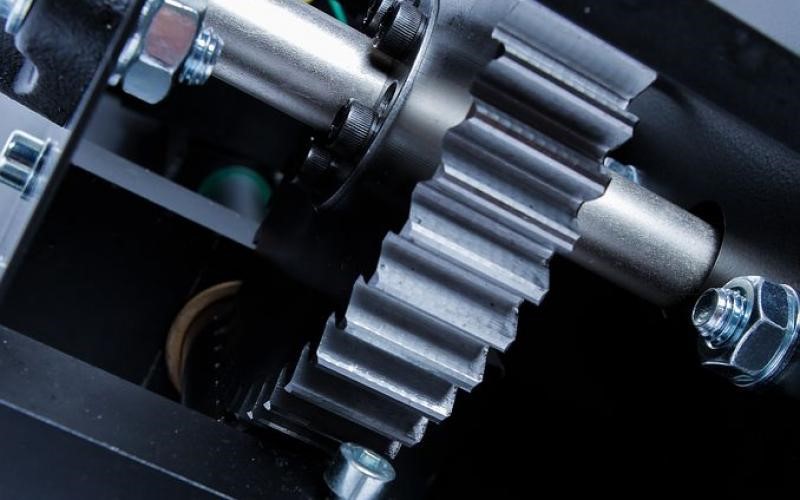
Offshore Isn’t Always Cheaper
The cost of locating manufacturing facilities offshore is rising, according to the report, which has made some manufacturers re-evaluate where they locate their manufacturing operations. The report said that some companies are now embracing a hybrid method that incorporates onshore, offshore and offsite locations.
The report also points out that companies wanting to move operations offshore in order to take advantage of lower costs should consider potential costs associated with state and/or local economic development incentives. These incentive packages typically have clauses obligating the manufacturer to maintain a certain number of employees or risk forfeiting some of the incentives.










